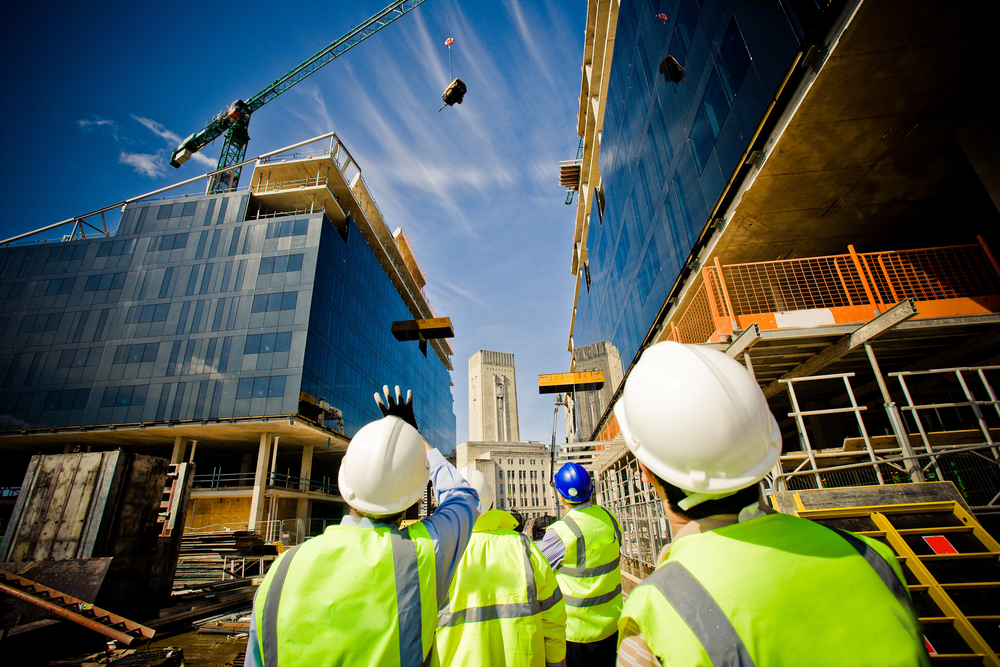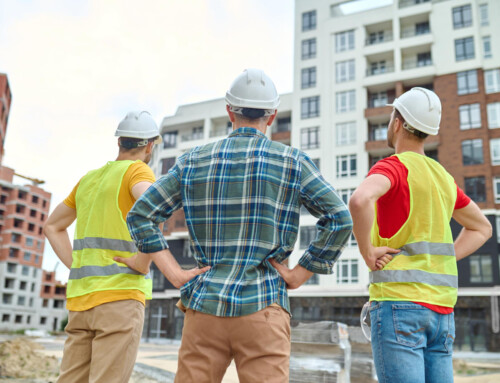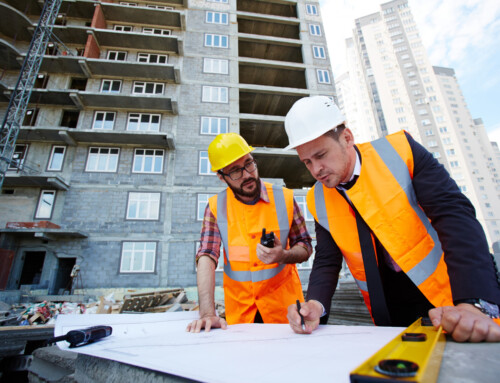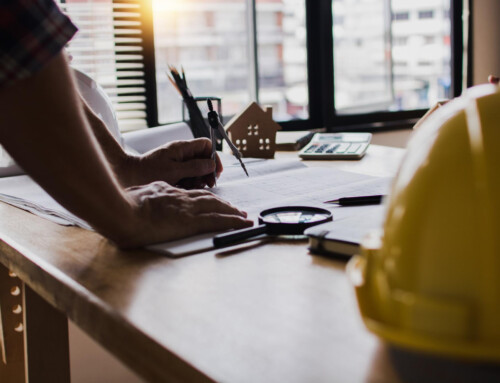Green building delivers cost-efficient, sustainable, and healthy buildings.
Sustainable construction is becoming increasingly important in the construction industry as society becomes more environmentally conscious. To reduce the impact of the built environment on the planet, the best practices in sustainable construction focus on reducing waste, improving energy efficiency, and integrating renewable resources into building design and construction.
Construction can be costly. How do architects and contractors pull off sustainability?
Buildings are voracious consumers that gobble up half the world’s energy and resources while creating emissions. Emissions from buildings across the US rose by 6% last year, according to a new report. Not surprisingly, builders and contractors are adopting best practices in sustainable construction.
- One of the most exciting practices in sustainable construction is using green building materials. These materials are environmentally friendly because they consist of recycled materials, are biodegradable, or have a low carbon footprint. They consume fewer resources. Some green building materials include bamboo, recycled steel, and insulation made from recycled denim. These materials help reduce the environmental impact of building construction and promote a circular economy.
- Cost, comfort, and climate have led to another initiative in sustainable construction is the use of energy-efficient building designs. Building designs prioritizing natural light, ventilation, and passive heating and cooling systems can reduce the energy required to heat and cool buildings. Additionally, energy-efficient appliances and fixtures, such as LED lighting and low-flow toilets, can reduce energy consumption in buildings.
- Integrating renewable resources into building design and construction is another best practice in sustainable construction. Solar panels and wind turbines are the most common renewable resources integrated into building design. Builders incorporate other renewable resources, such as geothermal and biomass, to create zero-energy structures. Integrating renewable resources into buildings helps reduce greenhouse gas emissions and dependence on non-renewable energy sources.
- To reduce waste in construction, sustainable construction prioritizes using building materials that can be recycled or reused. Using prefabricated construction techniques and modular building designs can reduce the amount of waste generated during construction. Architects reduce building demolition waste by designing buildings that can be deconstructed and replaced with green materials.
- Green building certifications like LEED (Leadership in Energy and Environmental Design) are becoming more widely adopted in sustainable construction. These certifications provide a building design and construction framework that prioritizes sustainability, energy efficiency, and waste reduction.
Best practices like these in sustainable construction focus on thoughtful design and waste elimination. By adopting the best practices in sustainable construction, the building industry moves closer to limiting its environmental impact and helps promote a more sustainable future.
Want to discuss your future in the construction industry? Let’s talk.






